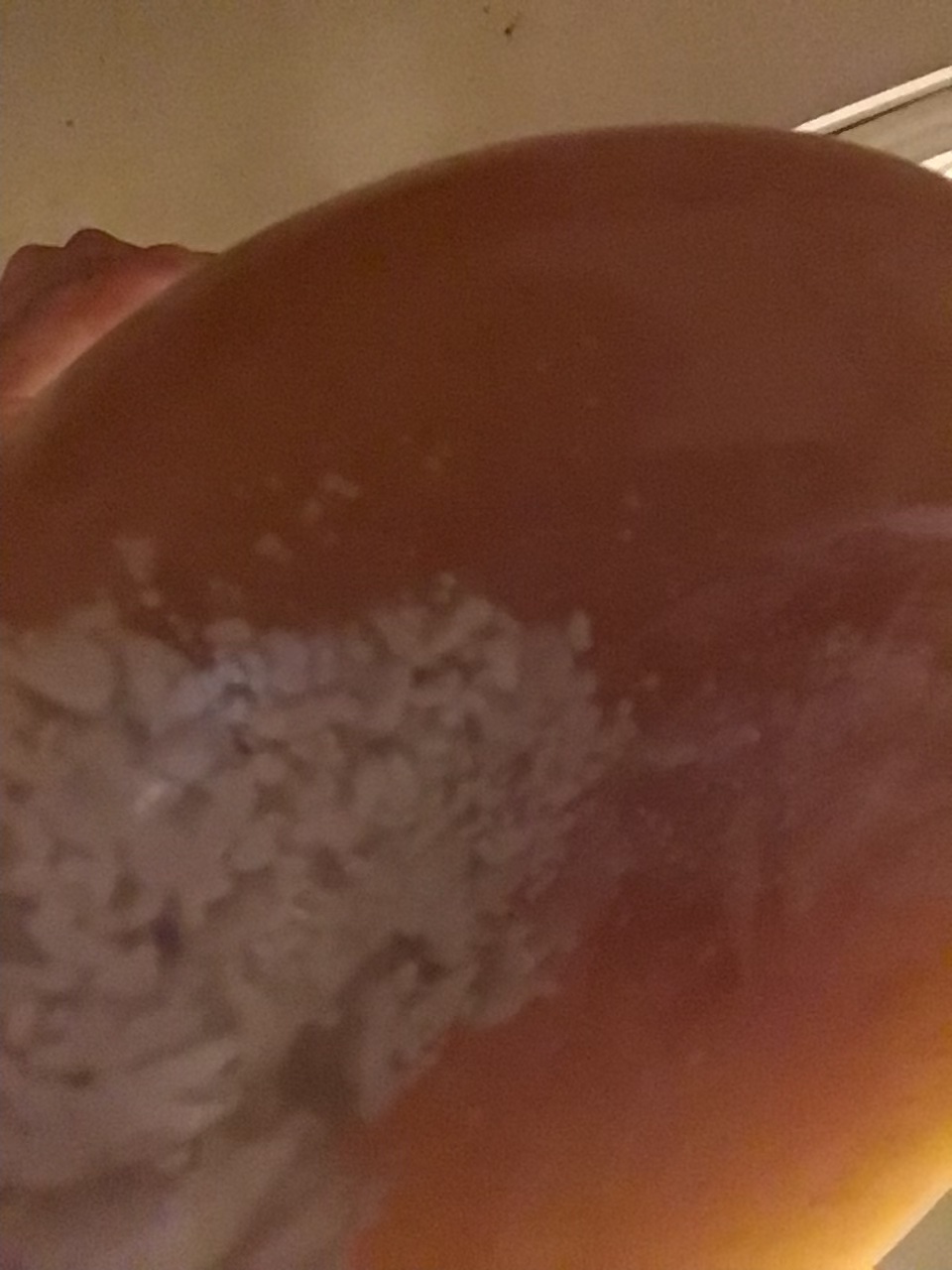Is that the bottom of the flask you're showing?
Shouldn't there be a thick cake of settled out yeast on the bottom? Or did you swirl it up?
If so, it indeed looks like remaining caked on yeast after being swirled.
Before using, swirl some more to suspend all of it, don't leave any of that good stuff behind.
Are you planning to pour the whole thing without cold crashing and decanting?
For peace of mind, infections in a yeast culture don't settle out on the bottom like that, they tend to stay in suspension doing their job, multiplying in an effort for a complete takeover. Sometimes they form a pellicle on top, a white or light gray skin-like membrane, preventing other intruders from entering.







![Craft A Brew - Safale S-04 Dry Yeast - Fermentis - English Ale Dry Yeast - For English and American Ales and Hard Apple Ciders - Ingredients for Home Brewing - Beer Making Supplies - [1 Pack]](https://m.media-amazon.com/images/I/41fVGNh6JfL._SL500_.jpg)





















































